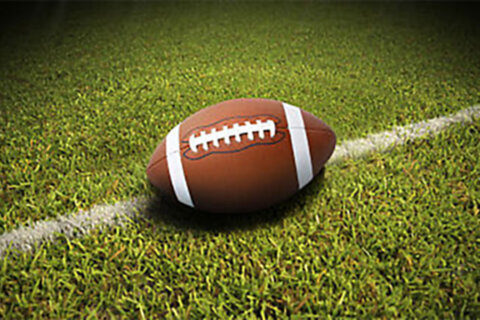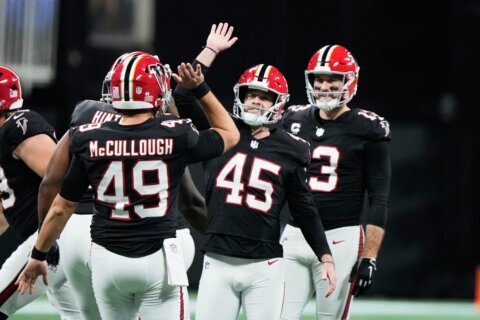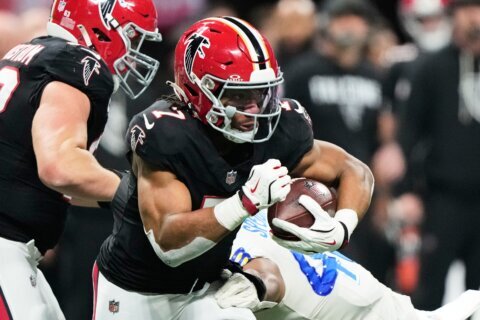WASHINGTON — They call it working the refs, and, in the NFL at least, it works.
An analysis by the statistics site 538 found that, while noise from the home crowd is thought to influence officials’ calls and non-calls, the side of the field a play flows toward may be a far more important factor.
Authors Noah Davis and Michael Lopez analyzed every regular-season play between 2010 and 2014 and found that defensive pass interference, and other aggressive penalties such as personal fouls, unsportsmanlike conduct and horse-collar tackles, were called significantly more often when plays were run toward the side of the field housing the offensive bench than the defense’s.
Conversely, on running plays, offensive holding penalties were called more frequently on plays run toward the defensive bench’s side of the field.
The hypothesis is simple — an official has more players and coaches screaming for a call on one side of the field or another — and the numbers hold that up: The difference was even more stark when the play happened between the 32-yard lines — the bench area where players and coaches are allowed to congregate. When the action was closer to one of the goal lines, without players and coaches offering — um, advice, the difference was less noticeable, and in some cases reversed.
The numbers cut against the referees’ self-perception as unflappable straight shooters — Davis told WTOP he spoke with a prominent former NFL referee who had officiated three Super Bowls who “just refused to believe the numbers we have were true” — but they’re hard to deny.
“The differences in the penalty rates from sideline to sideline are several times larger than the differences in penalty rates between the home and away teams,” the authors write.
Davis and Lopez write that the effect is called “cue learning” — it’s why, for example, people laugh longer when other people are laughing, and why we eat more when we’re around overweight people.
Officials have to make snap judgments at high speed and without replay, so it’s harder to get it right than it is for those sitting and watching in the stands or on TV and leaves officials open to the kind of influence Davis and Lopez found, Davis said.
“I’m amazed refs get calls right as often as they do,” Davis told WTOP — although, as he acknowledged, their numbers reflect not only what gets called but what doesn’t.
The crowd-noise factor is still real, and happens in other sports: The authors cite a German study in which soccer referees watched videos of borderline plays accompanied by varying levels of crowd noise, which found that “referee decisions are strongly influenced by crowd noise” and that home-field advantage is real.
And there’s not much to do about such subconscious bias if it isn’t at least acknowledged.
Davis said he and Lopez could soon be taking another look at the data to see whether certain teams already know what they’ve found out, and are perhaps using as a factor in their play-calling.








